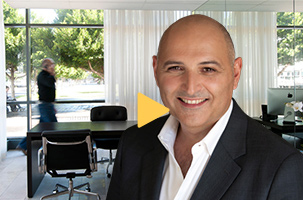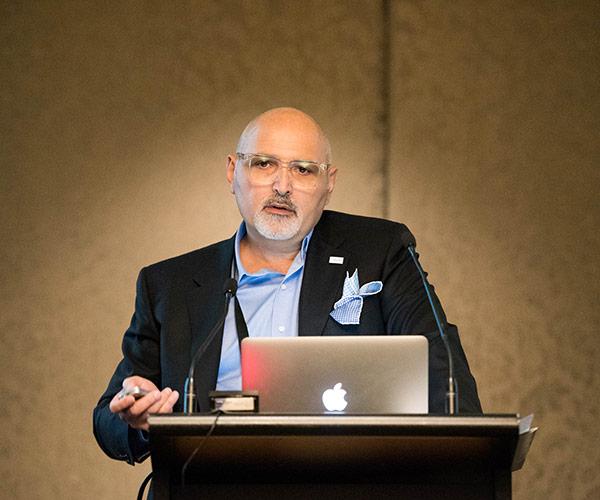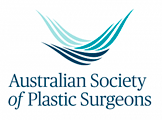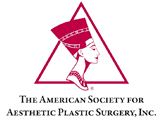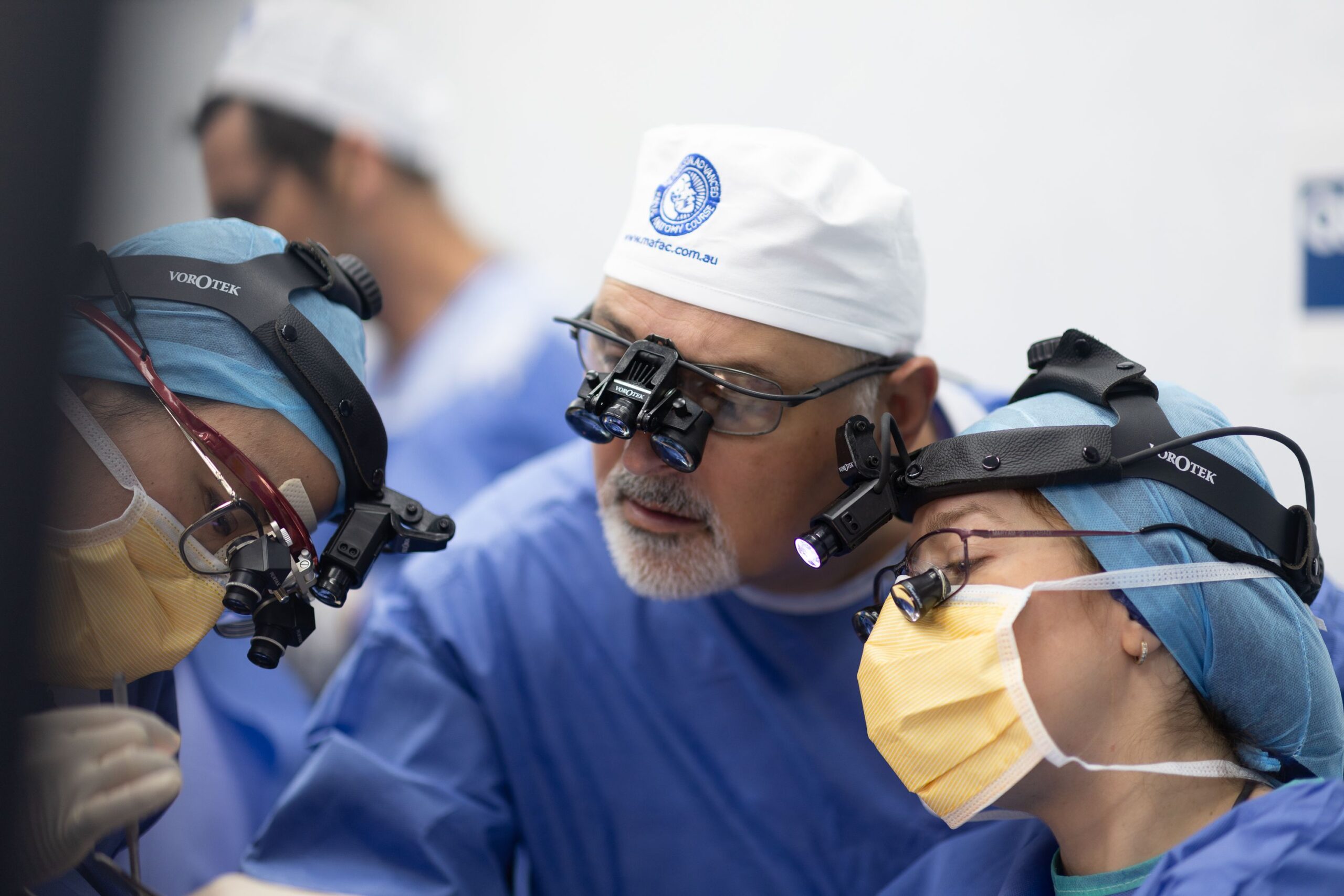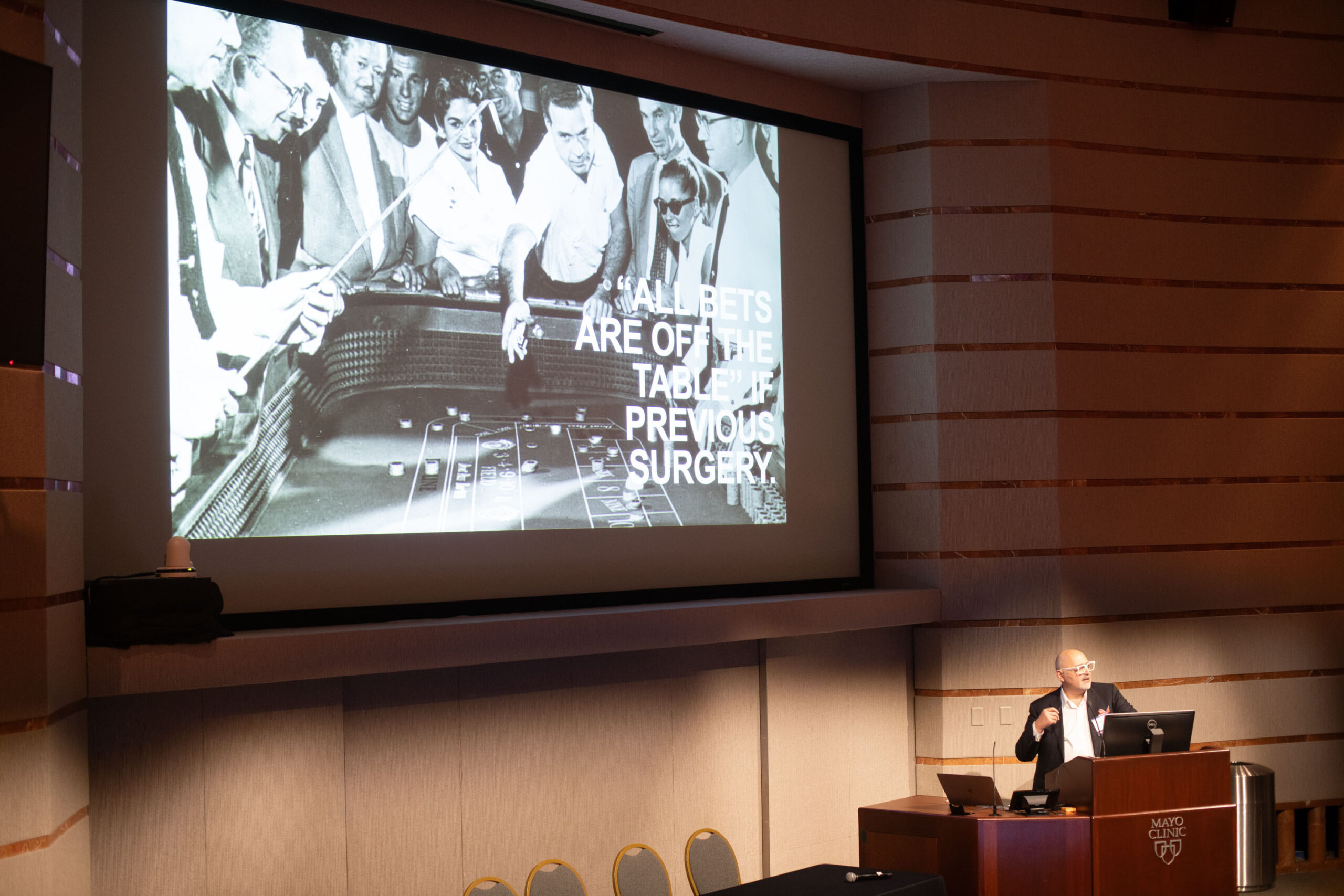Quick Facts
- Procedure Duration: 1–2 hours, depending on complexity.
- Anaesthesia: Local anaesthesia with sedation or general anaesthesia.
- Hospital Stay: Day surgery.
- Results: Visible within weeks, with final results at 3–6 months.
- Longevity: Results last 10–15 years or longer with proper care.
- Best Candidates: Healthy individuals with realistic expectations and concerns about eyelid appearance or function.
What to Expect
Before Surgery:
Your eyelid concerns, medical history, and goals will be thoroughly assessed during your consultation with Dr. Tim. A personalised surgical plan will be created, and you’ll receive preoperative instructions to ensure a smooth experience.
During Surgery:
Eyelid surgery is performed in a fully accredited surgical facility. It involves precise incisions to ensure minimal scarring, removing or repositioning fat, and tightening skin or muscles as needed.
After Surgery:
Post-surgery, the eyelids may experience mild swelling, bruising, and tightness. These are normal and typically resolve over the first few weeks. Cold compresses and prescribed medications help manage discomfort and swelling.
Eyelid surgery is a procedure that removes excess skin, fat, or muscle from the eyelids to rejuvenate the eye area or improve vision.
Good candidates are individuals in good health with concerns such as drooping upper eyelids, under-eye bags, or impaired vision due to excess eyelid skin.
Incisions are strategically placed along natural creases or inside the eyelid, making scars nearly invisible as they heal.
Most patients return to light activities within a week, with full recovery and final results visible after 3–6 months.
Yes, it’s often combined with facelifts, brow lifts, or non-surgical treatments like dermal fillers for comprehensive facial rejuvenation.
The results of eyelid surgery can last 10–15 years or longer, but aging and lifestyle factors may gradually affect the outcome.
Risks
While eyelid surgery is generally safe, potential risks include:
- Swelling and bruising.
- Temporary blurred vision or sensitivity to light.
- Dry eyes or difficulty closing the eyelids fully (typically temporary).
- Infection or bleeding.
- Scarring, which usually fades over time.
- Rare risks such as asymmetry or changes in eyelid function.
Recovery Tips
- Follow Post-Operative Instructions: Dr. Tim will provide detailed aftercare guidelines for healing.
- Protect Your Eyes: Wear dark sunglasses to shield your eyes from sun exposure and wind.
- Use Cold Compresses: These reduce swelling and soothe the area during the initial recovery phase.
- Keep the Area Clean: Gently clean your eyelids to avoid infection.
- Avoid Strenuous Activities: Refrain from heavy lifting or exercise for at least 2–3 weeks.
- Elevate Your Head: Sleeping with your head elevated can help minimize swelling.

